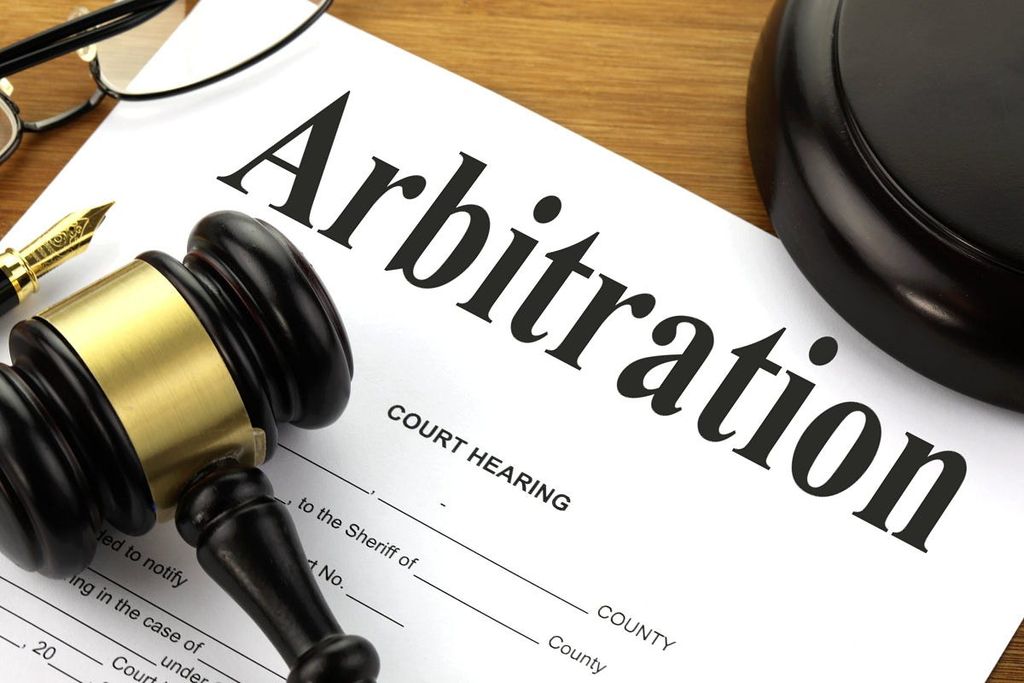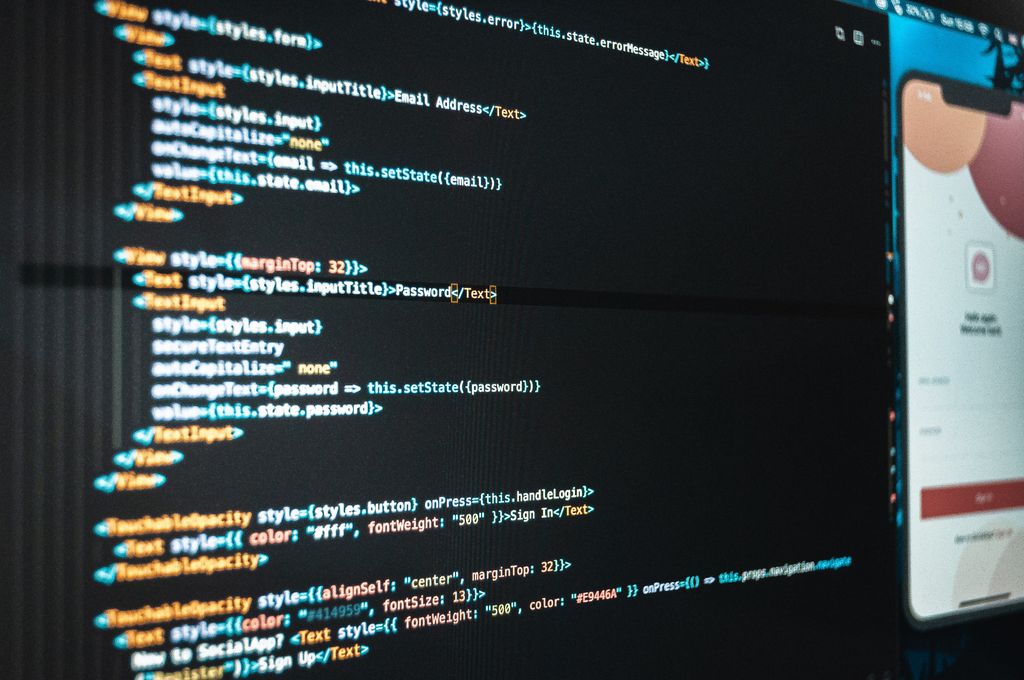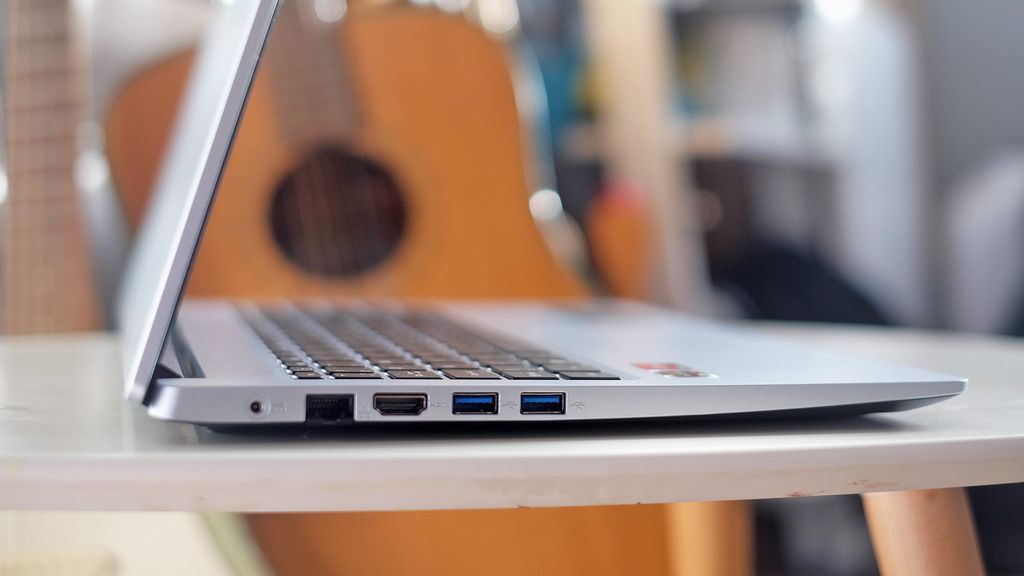
Having an efficient freelancer email system is crucial for running a successful freelance business. It allows you to streamline your communication, improve productivity, and maintain professionalism in your interactions with clients. In this article, we will explore various strategies and tools to optimize your freelancer email system for business.

One of the key aspects of optimizing your freelancer email system is streamlining your inbox for better productivity. A cluttered inbox can lead to wasted time and missed opportunities. Here are some strategies to help you streamline your inbox:
Implementing these strategies can help you streamline your inbox and improve your productivity as a freelancer.
Organizing your email folders is essential for easy access to important messages and efficient workflow. By creating folders and categorizing your emails, you can quickly locate specific emails without wasting time searching through your entire inbox. Here are some tips to help you organize your email folders effectively:
Create folders based on categories or projects: Divide your emails into folders based on different categories or specific projects. This will help you keep your inbox organized and make it easier to find relevant emails when needed.
Use subfolders for further organization: If you have a large number of emails within a specific category or project, consider creating subfolders to further organize your emails. This will allow you to have a more structured hierarchy and make it even easier to locate specific emails.
Set up rules to automatically sort emails: Take advantage of email rules or filters to automatically sort incoming emails into the appropriate folders. This can save you time and ensure that important emails are immediately placed in the correct folder.
Regularly review and clean up your folders: Periodically review your email folders and delete any unnecessary or outdated emails. This will help keep your folders clutter-free and ensure that you only have relevant emails in each folder.
By implementing these strategies, you can optimize your email organization and improve your overall productivity.
Creating effective email templates can significantly improve your productivity as a freelancer. By having pre-written templates for common types of emails, you can save time and ensure consistency in your responses. Bold important keywords in your templates to draw attention to key points. Italicize subtle emphasis where needed. Here are some tips for creating effective email templates:
Tip: Avoid using overly generic templates. Tailor your templates to each client and situation to make them more effective.
Remember to regularly review and update your email templates to ensure they remain relevant and effective.
Email filters are a powerful tool for managing your inbox and ensuring that important messages are prioritized. By setting up filters based on specific criteria, such as sender, subject, or keywords, you can automatically categorize and organize incoming emails. This allows you to focus on the most critical messages without getting overwhelmed by the noise.
One effective way to utilize email filters is to create a separate folder or label for important clients or projects. By directing all emails related to these clients or projects to a specific folder, you can easily access and prioritize them. This helps you stay organized and ensures that you don't miss any crucial communication.
Additionally, you can use filters to automatically mark certain emails as high priority or flag them for follow-up. This ensures that important messages stand out in your inbox and receive prompt attention. By customizing your filters to match your specific needs and preferences, you can optimize your email system for better productivity and efficiency.
Here is an example of how you can set up email filters to prioritize important messages:
By implementing these filters, you can streamline your inbox and ensure that important messages are easily accessible and promptly addressed.

Email tracking and analytics tools provide valuable insights into the effectiveness of your email communication. These tools allow you to track when your emails are opened, how many times they are viewed, and whether any links within the emails are clicked. By analyzing this data, you can gain a better understanding of your recipients' engagement and tailor your communication strategies accordingly. Additionally, email tracking and analytics tools can help you identify which emails are most successful in achieving your desired outcomes, allowing you to refine your approach and improve your overall communication efficiency.
Integrating email with project management tools can greatly enhance communication and collaboration within a freelancer's workflow. By seamlessly connecting email with project management platforms, freelancers can streamline their work processes and ensure that all project-related information is easily accessible.
One way to integrate email with project management tools is by using email plugins or extensions that allow for direct integration with popular project management platforms. These plugins enable freelancers to create tasks, assign deadlines, and track progress directly from their email client.
Another option is to use email forwarding to automatically send project-related emails to a designated project management tool. This ensures that all project-related communication is centralized and easily searchable within the project management platform.
By integrating email with project management tools, freelancers can improve efficiency, reduce the risk of miscommunication, and stay organized throughout the project lifecycle.
Email scheduling is a valuable tool for freelancers to optimize their communication with clients. By scheduling emails to be sent at specific times, freelancers can ensure that their messages are delivered at the most convenient and effective times for their clients. This can help to improve response rates and overall communication efficiency. Additionally, email scheduling allows freelancers to plan and prioritize their communication, ensuring that important messages are sent at the right time. Whether it's sending a follow-up email after a meeting or scheduling reminders for upcoming deadlines, email scheduling can greatly enhance a freelancer's ability to stay organized and keep their clients informed.
Email automation can be a game-changer for freelancers, allowing them to save time and focus on more important tasks. By automating repetitive tasks, freelancers can streamline their workflow and improve productivity. Here are some ways freelancers can leverage email automation:
By utilizing email automation, freelancers can optimize their communication process and focus on delivering high-quality work to their clients.

Crafting a consistent email signature is essential for maintaining a professional image and reinforcing your brand. Your email signature should include important contact information, such as your name, job title, company, and phone number. Additionally, you can include links to your website or social media profiles to further promote your online presence. Bold keywords and italics can be used to draw attention to specific details in your signature.
When creating your email signature, keep it simple and uncluttered. Avoid using too many colors, fonts, or images that can make your signature look unprofessional. A clean and well-designed signature will leave a positive impression on your recipients.
Here are some key elements to consider including in your email signature:
Remember, your email signature is an opportunity to showcase your professionalism and leave a lasting impression on your clients and contacts.
When communicating with clients via email, it is important to personalize your messages to create a more meaningful connection. Tailoring your emails to each client's specific needs and preferences can help you stand out and build stronger relationships. Here are some tips to personalize your email communication:
Tip: Remember to proofread your emails for any errors or typos before sending them to clients. A well-written and personalized email can leave a lasting impression and enhance your professional image.
When it comes to email communication as a freelancer, it's important to follow proper email etiquette to maintain professionalism and build strong client relationships. Here are some best practices to consider:
Remember, your email communication reflects your professionalism and brand image. By following these best practices, you can ensure that your emails are effective and leave a positive impression on your clients.
Maintaining a professional tone in email correspondence is essential for freelancers to establish credibility and build strong relationships with clients. It is important to communicate clearly and concisely, using proper grammar and punctuation. Respecting the client's time by keeping emails concise and to the point is crucial. Additionally, it is important to avoid using slang or informal language, as it can come across as unprofessional. Here are some tips to maintain a professional tone in email correspondence:

Implementing strong passwords and two-factor authentication is crucial for protecting your freelancer email account from unauthorized access. Strong passwords should be unique, complex, and not easily guessable. Consider using a combination of uppercase and lowercase letters, numbers, and special characters. Additionally, enable two-factor authentication to add an extra layer of security. This requires a second form of verification, such as a code sent to your mobile device, in addition to your password. By implementing these security measures, you can significantly reduce the risk of your email account being compromised.
Encrypting email communication is crucial for ensuring the security and privacy of sensitive information. By encrypting emails, freelancers can protect their clients' data from unauthorized access and interception. Encryption works by converting the content of an email into a code that can only be deciphered by the intended recipient, making it virtually impossible for hackers or third parties to read the message.
Implementing email encryption involves using encryption software or services that encrypt the email message before it is sent and decrypt it upon arrival. This ensures that even if the email is intercepted during transmission, the content remains secure and unreadable to anyone without the decryption key.
In addition to encrypting the content of emails, freelancers should also consider encrypting email attachments. Attachments can contain sensitive information such as contracts, financial documents, or client data. Encrypting attachments adds an extra layer of security, preventing unauthorized access to the files even if the email itself is compromised.
To encrypt email attachments, freelancers can use file encryption software or services that allow them to encrypt the files before attaching them to the email. The recipient will then need the decryption key to access and open the encrypted attachment, ensuring that only authorized individuals can view its contents.
Phishing and email scams are a serious threat to freelancers and their clients. It is important to be vigilant and take necessary precautions to protect sensitive information. Here are some tips to avoid falling victim to these scams:
Be cautious of suspicious emails: Always double-check the sender's email address and be wary of emails asking for personal or financial information.
Think before clicking: Avoid clicking on links or downloading attachments from unknown sources. Hover over links to verify their legitimacy.
Keep software up to date: Regularly update your email software and operating system to ensure you have the latest security patches.
Tip: If an email seems too good to be true or creates a sense of urgency, it's best to err on the side of caution and delete it.
Remember, protecting your email account and confidential information is crucial for maintaining a secure and professional freelancing business.
Regularly updating your email software is crucial for maintaining the security of your freelancer email system. Software updates often include important security patches that address vulnerabilities and protect against potential threats. By staying up to date with the latest software versions, you can ensure that your email client is equipped with the necessary defenses to safeguard your confidential information.
To make the updating process smoother, consider enabling automatic updates for your email software. This way, you won't have to manually check for updates and install them yourself. Automatic updates ensure that you're always running the most secure version of your email client, minimizing the risk of security breaches.
Additionally, it's important to regularly check for updates from your email service provider. They may release updates specific to their platform that address any security issues or improve overall performance. Staying informed about these updates and promptly installing them can help keep your freelancer email system secure and running smoothly.
Remember, proactive measures such as regularly updating your email software are essential for maintaining the integrity and security of your freelancer email system.
In conclusion, optimizing your freelancer email system for business is crucial for success. By implementing the strategies and tips discussed in this article, you can improve your communication, organization, and efficiency. Remember to prioritize your clients' needs, streamline your inbox, and utilize automation tools to save time. With a well-optimized email system, you can enhance your professional image, build strong client relationships, and ultimately grow your freelance business.
To streamline your freelancer email inbox, you can use email filters to automatically sort incoming messages into specific folders, unsubscribe from unnecessary mailing lists, and set up rules to prioritize important emails.
Organizing email folders can help you easily locate and access important emails, improve productivity by reducing clutter in your inbox, and ensure that you don't miss any important messages.
To create effective email templates, you should identify common types of emails you send frequently, personalize them with client-specific details, and save them as templates for quick and consistent responses.
Email tracking and analytics allow you to track the delivery, open rates, and click-through rates of your emails. This information can help you gauge the effectiveness of your email communication and make improvements if needed.
You can integrate email with project management tools by using plugins or software that allow you to create tasks, assign them to team members, and track progress directly from your email client.
Email scheduling allows you to compose emails in advance and schedule them to be sent at a later time. This can help you optimize communication by ensuring that your emails are sent at the most appropriate times for maximum impact.